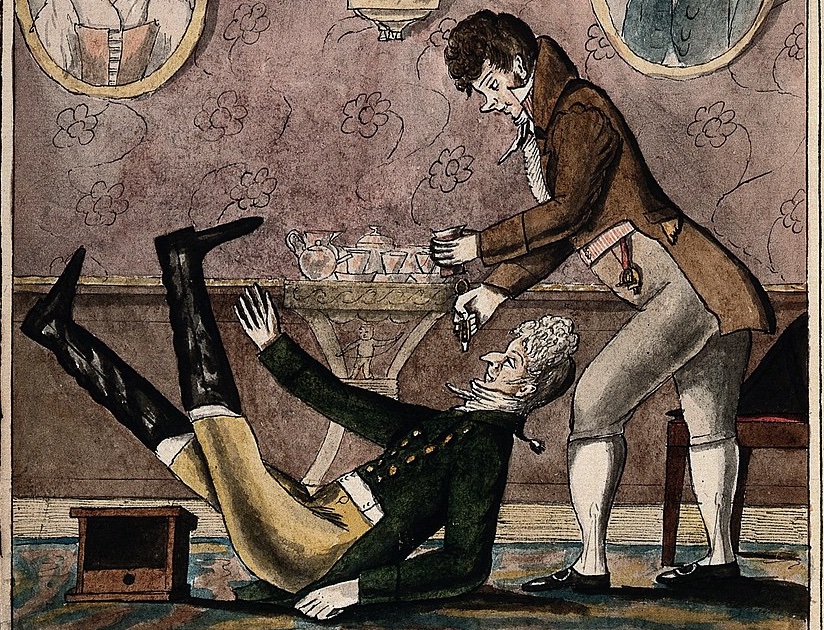Did you know that in certain parts of the world, people clean their teeth with twigs from specific trees, believed to have medicinal properties? This is just one of the many fascinating ways different cultures approach oral health.
In this article, we’ll journey across the globe to explore a variety of oral health practices and beliefs. Whether you’re a dental professional looking for broader insights into global dental care or a patient curious about diverse oral health traditions, this exploration is for you. Let’s embark on this enlightening trip to understand how different cultures maintain their pearly whites!
The Importance of Oral Health: A Universal Concern
Oral health is often likened to a window to your overall health. It’s more than just having a sparkling smile; it’s about maintaining a healthy ecosystem in your mouth. Just like a garden needs the right balance of elements to thrive, your mouth requires proper care to prevent diseases that can affect your entire body.
This concept is universally acknowledged, though the methods of achieving it vary vastly across cultures.
Globally, despite differing traditions, the goals are similar: preventing tooth decay and gum disease and ensuring a healthy mouth. While some use modern toothbrushes and fluoridated toothpaste, others might rely on natural tools and remedies passed down through generations. The fascinating aspect is that many of these diverse practices converge on the same fundamental principles of oral hygiene.
Oral Health Practices in Various Cultures
Asia: Traditional and Modern Approaches
In many Asian cultures, oral health practices are a blend of ancient traditions and modern advancements. One enduring practice is oil pulling, an ancient Ayurvedic method involving swishing oil, typically coconut or sesame, in the mouth for several minutes. This method is believed to pull toxins out of the body and improve oral health. From a modern dental perspective, oil pulling can be beneficial in reducing harmful bacteria and plaque in the mouth, though it’s not a replacement for regular brushing and flossing.
Another traditional practice is the use of chewing sticks, particularly in rural areas. These sticks, usually from the Neem or Salvadora persica trees, have natural antibacterial properties. They are chewed until one end frays, turning into a brush-like structure used for cleaning teeth.
Dental professionals find these sticks intriguing, as they contain natural compounds beneficial for oral health, though they recommend them as a supplement to, not a replacement for, modern oral care methods.
Africa: Natural Remedies and Community Rituals
In many African communities, oral health is deeply intertwined with natural remedies and collective practices. A popular method is the use of chew sticks, similar to those in Asia, derived from local trees like the Miswak. These sticks are not only used for cleaning teeth but are also believed to have medicinal properties that promote overall oral health.
For instance, the Miswak stick, prevalent in North and East Africa, is known for its natural fluoride content and antimicrobial properties.
Community rituals also play a significant role in oral health. In some cultures, groups gather to clean their teeth together, turning it into a social activity. This not only promotes good oral hygiene habits but also strengthens community bonds. From a professional standpoint, these practices are fascinating as they blend oral care with social wellbeing, highlighting the importance of a holistic approach to health.
Europe: The Blend of Technology and Tradition
Europe presents a unique mix of cutting-edge dental technology and age-old traditional practices. In modern dental clinics across Europe, one can find the latest in dental treatments and technologies, from 3D imaging for precision diagnostics to advanced materials for fillings and prosthetics.
Yet, traditional remedies still find their place. For instance, in some parts of Eastern Europe, people use herbal rinses made from ingredients like sage, mint, and chamomile for their soothing and antimicrobial properties. These natural remedies are often passed down through generations and are used alongside modern dental care. Dental professionals in Europe tend to advocate for a balanced approach, combining the reliability of modern dentistry with the gentleness of traditional remedies.
Americas: A Mix of Indigenous and Western Practices
The Americas offer a rich tapestry of oral health practices influenced by both indigenous traditions and Western dentistry. Indigenous communities, particularly in South America, have historically used natural resources for dental care. For example, chewing coca leaves is a practice among Andean cultures, not only for its stimulating effects but also for keeping teeth clean and strong.
In North America, while mainstream dentistry predominantly follows Western practices, there’s a growing interest in integrating holistic and natural oral care methods. This includes herbal toothpaste, mouthwashes made from natural ingredients, and even dietary approaches to oral health. Dental professionals in the Americas are increasingly acknowledging the value of these traditional practices, often advising their integration into routine dental care for a more comprehensive approach to oral health.
A Case Study: Integrating Global Practices into Personal Oral Care
Let’s consider the story of Maria, a dental hygienist from Portugal who discovered the benefits of integrating global oral health practices into her routine. During a volunteer trip to India, Maria was introduced to the practice of oil pulling.
Skeptical at first, she decided to give it a try and was amazed at the improvement in her gum health and freshness of breath. Back in Portugal, she combined this practice with her regular dental care routine and noticed a significant positive change. Maria’s story highlights that embracing global oral health methods can offer unique benefits when used alongside conventional care.
Dental professionals like Maria often find that incorporating these practices can enhance their understanding of oral health and offer their patients a more holistic approach to dental care. However, it’s crucial to balance these traditional methods with the advancements of modern dentistry.
Practical Tips for Enhancing Oral Health
Whether you’re a dental professional or a patient, there are simple ways to integrate these global oral health practices into your routine:
- Try Natural Remedies: Consider incorporating herbal rinses or natural toothpaste into your daily oral care.
- Stay Informed: Keep up with the latest in dental technology and research, but also be open to learning about traditional practices from around the world.
- Consult Your Dentist: Before trying any new oral health practice, especially if it’s traditional or unconventional, consult with your dentist to ensure it’s safe and effective for you.
- Cultural Exchange: If you’re a dental professional, consider learning about oral health practices from other cultures to offer a more diversified approach to your patients.
Engaging with Oral Health: Beyond Borders
This exploration of global oral health practices is more than just an academic exercise; it’s an invitation to engage with the rich diversity of oral health practices and beliefs.
We encourage you to reflect on your own oral health routines and consider if there’s something new you can incorporate from what you’ve learned. Feel free to share your experiences, ask questions, or suggest other practices in the comments section. Let’s continue the conversation and learn from each other!
Finishing Thoughts
From the neem sticks of Africa to the high-tech dental clinics of Europe, oral health practices around the world offer a fascinating glimpse into the diverse ways cultures maintain oral hygiene.
By exploring and integrating these various practices, both dental professionals and patients can benefit from a more comprehensive approach to oral care. Remember, the journey to optimal oral health is continuous and ever-evolving, enriched by the wisdom of cultures across the globe. Keep exploring, stay curious, and let’s strive for healthier smiles together!



